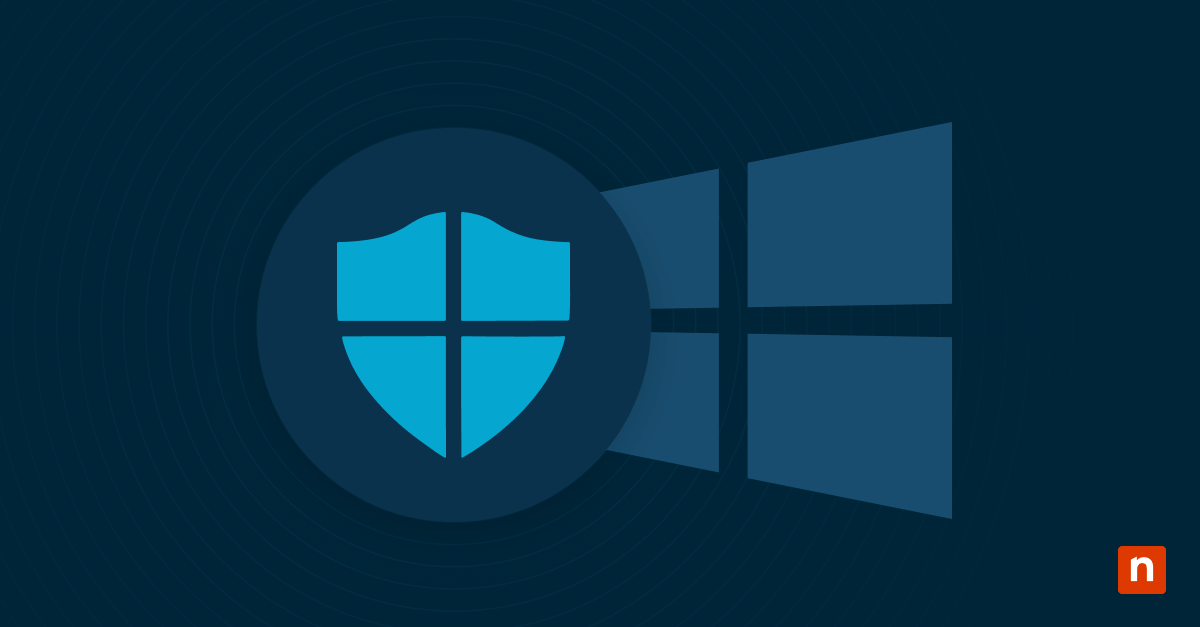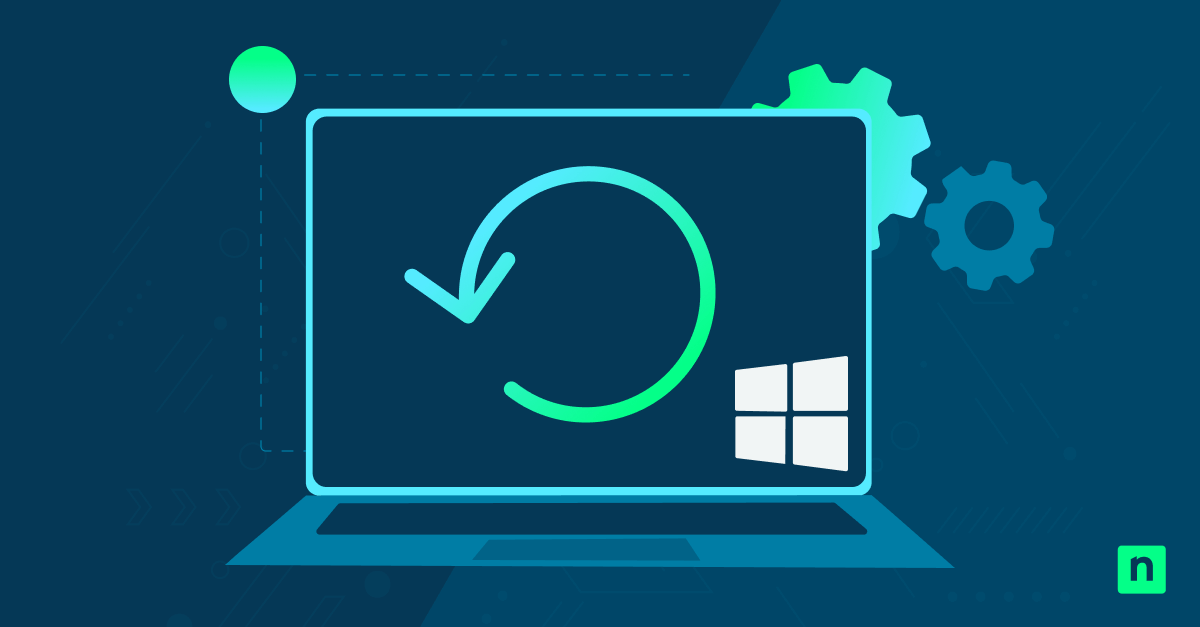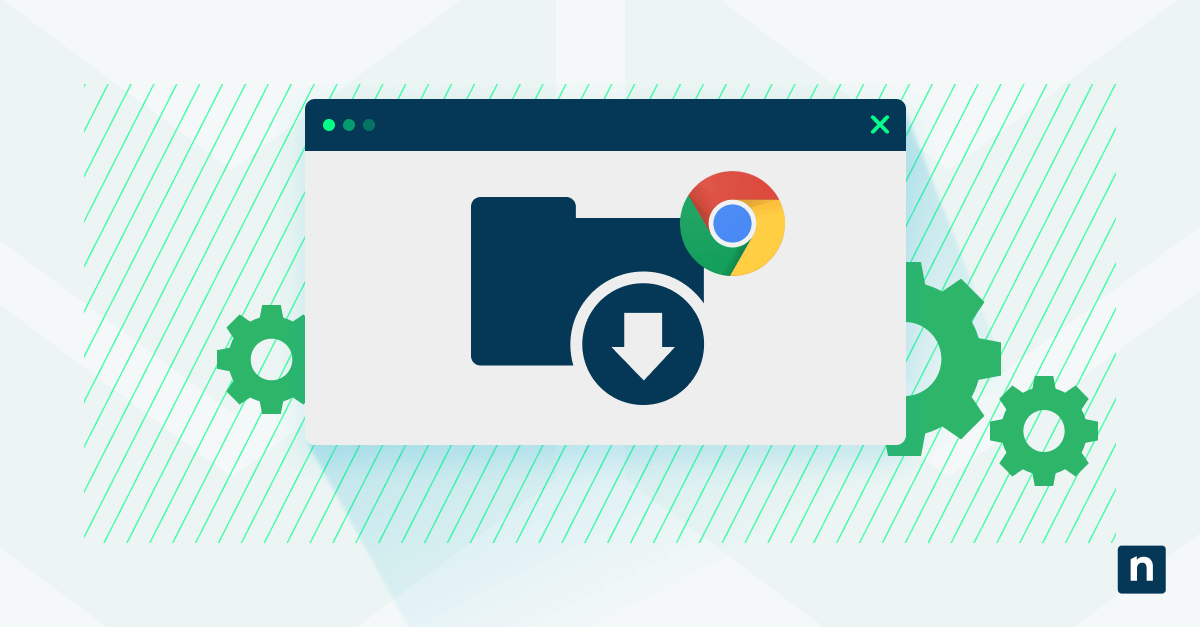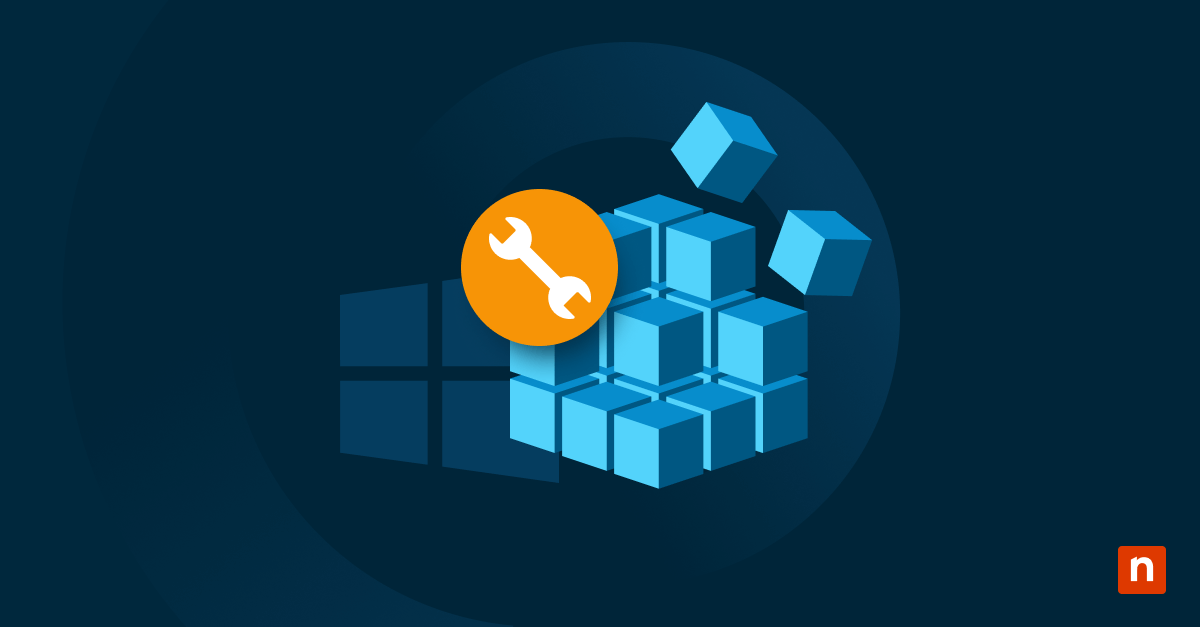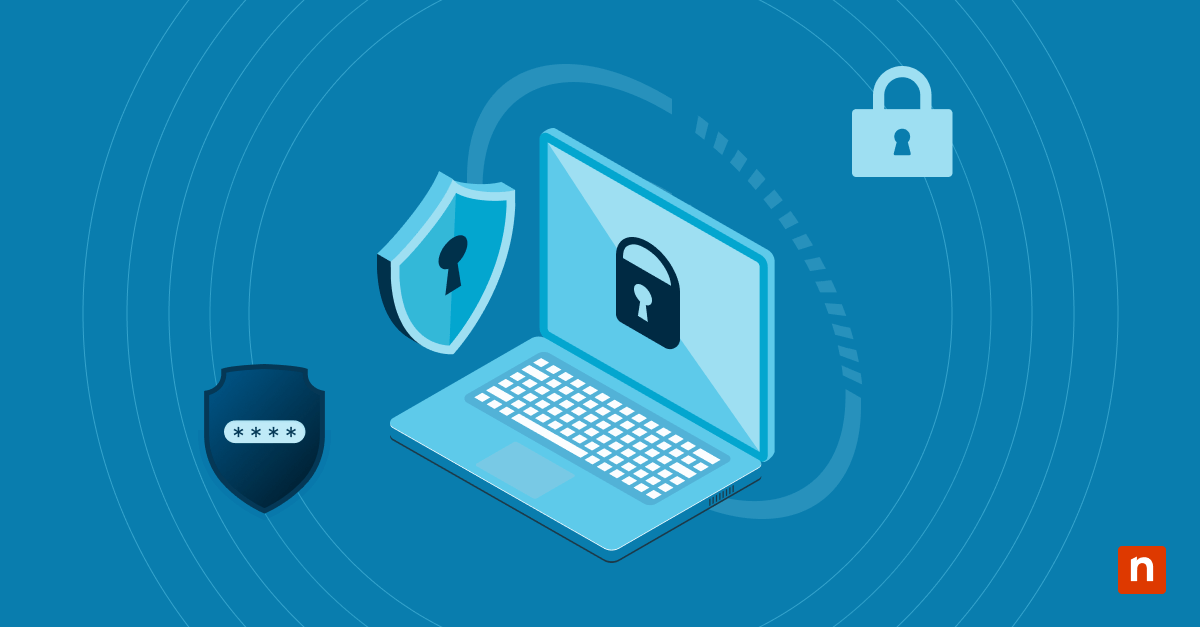Windows File History tool periodically saves copies of files onto an external storage drive, providing redundancy and recovery in case of data loss. Resetting File History to default can often remediate common errors when using File History.
What is File History in Windows 10?
File History Windows 10’s native backup feature that creates copies of vital files to a backup storage drive. This backup storage must be either an external hard drive or a network-attached storage (NAS). Once File History has created a backup copy, it continuously works in the background to save any changes or modifications, allowing users to restore not just the most recent but also previous versions of important files.
Why does File History stop working in Windows 10?
If you’re wondering about how to fix File History not backing up files in Windows 10, there are a few common errors that usually cause error messages. Resetting File History is a common solution for issues such as:
-
Troubleshooting File History error messages
Resetting File History to default is a standard solution for temporary errors caused by File History bugs, OS updates, or storage drive issues.
-
Corrupted configuration or errors preventing backups
To fix configuration-related issues, you can also use Command Prompt and type in “ckdsk” to scan the hard drive for corrupted files. Resetting File History defaults is another way to clear corrupted configurations quickly.
-
“File History Element Not Found” error
The “Element Not Found” error is common File History issue that can occur when trying to delete older backups. Corrupted backups or system files typically trigger this error message. Resetting File History to default can help resolve these issues.
-
Changing backup preferences
If you’ve made extensive configurations to File History’s advanced settings, you might want to reset everything back to the defaults before redoing your configurations.
-
Reinitialize File History for a new drive
If you need to upgrade your backup storage device for faster performance or larger storage capacity, resetting allows you to reconfigure File History to suit your requirements for the new backup storage drive.
Windows File History reset guide
Preparing to reset File History
Before resetting File History, use the checklist below to prevent any critical data from being lost and prevent the reset process from causing more File History backup issues.
-
Backup existing data manually
Copy important files from your current backup drive to another secure location to ensure no data is lost.
-
Have administrative privileges
You will need the access privileges of an Administrator to make system changes.
-
Check for system updates
Make sure your Windows 10 system has the latest updates and security patches installed to avoid compatibility issues.
Steps to delete and reset File History in Windows 10
- Navigate to Control Panel > File History and turn File History off.
- Click Win + R to open the Run command.
- Enter this command to navigate to the correct File History folder: %LocalAppData%\Microsoft\Windows\FileHistory
- Locate the file named “Configuration” and rename it to “Configuration.OLD”
- Next, look for another file named “Data” and rename it to “Data.OLD”
- This will reset File History to default while preserving previously saved backup copies. If you also want to delete the fuels, you will needto delete the old backup files manuallys.
- When you’ve deleted all the files, you need to restart File History. This will require you to configure File History again, as all settings will be set to default.
Common issues and troubleshooting tips
-
File History keeps failing
If you still have issues with File History after resetting it, look at the storage device hardware, as this is the most common issue. If the issue persists, you can try to restart File History Service by following these steps:
- Open the Run command by clicking Win + R.
- Enter services.msc.
- This command should display all current Services that are running.
- Right-click File History Service and select Restart.
-
Permission denied errors
Make sure you have the appropriate access level, as you will need Administrator-level access and read/write permissions for both the system and the external drive.
-
Troubleshoot BitLocker Drive encryption
As Windows’ native disk encryption tool, BitLocker Defender offers additional security for users. However, if your Windows system is encrypted by BitLocker but the backup storage drive is not, BitLocker can interfere with backup processes. To resolve this issue, you will need to turn BitLocker off.
- Navigate to Control Panel > System & Security > Bitlocker Drive Encryption
- Select the drive using BitLocker and click the Turn off BitLocker button.
- Typically, this requires you to enter a password; otherwise, you will need to find your Windows BitLocker recovery key.
Alternatively, you can use a pre-built Powershell script to suspend BitLocker to simplify this process.
Best practices for using File History after reset
1. Choose reliable external storage
Use high-performing external drives to avoid issues with backup storage reliability. As more versions of a file are saved to your backup storage device, the file sizes can grow large, so consider the storage capacity.
2. Reconfigure File History settings
Customize File History’s configurations to match your needs. For example, you can change File History backup frequency to balance conserving storage space while still ensuring the latest changes to a file are saved. You can also choose how long File History keeps older versions of a file to prevent slower performance from large backup file sizes.
3. Monitor backup performance
Keep track of your File History backups to ensure that the most recent modifications of your critical files are being saved. Since File History operates in the background, you might not always get notified of a failed backup. You can view File History’s activity log by navigating to Control Panel > File History > Advanced Settings and clicking on “Open File History event logs to view recent events or errors.” Businesses and IT departments should consider using a remote monitoring platform to keep track of file backups at scale.
4. Schedule regular backups
Leverage automation tools to consistently back up your critical files. This reduces the need for manual intervention. Third-party backup software offers robust automation tools to streamline IT operations, allowing IT administrators to work on more strategic tasks.
FAQ
-
Can I reset File History without losing my data?
Yes, resetting File History does not delete any versions of the file. These would have to be deleted manually from the storage drive.
-
What should I do if File History keeps failing after a reset?
Check the external drive or NAS and determine if it is functioning properly. Make sure your selected storage device has enough free space to accommodate new backup copies. If the issue persists, try restarting the File History Service by following the steps above.
-
Is File History the best backup solution for Windows 10 users?
While File History offers a convenient backup tool native to Windows systems, it lacks advanced features that organizations or power users might require. Businesses and IT departments should consider third-party backup software for comprehensive data protection.
Safeguarding important files with comprehensive backup software
While File History offers users a simple free backup tool, errors can often occur, requiring you to reset File History to its default configuration. So while File History offers an easy-to-use option to back up your files, it might not be sufficient if you require more advanced data protection and redundancy. Whether you’re a business or an IT expert, keeping your data secure might require a more robust backup strategy.
NinjaOne Backup offers Windows backup software that allows organizations to protect critical data and ensure business continuity with rapid restoration capabilities. As G2’s top choice for online and PC backup software, NinjaOne offers exceptional backup capabilities, such as encrypted and immutable cloud, local or hybrid storage, built-in deduplication, and time-saving automation tools, which make it easy for IT administrators to manage backups at scale.
With NinjaOne, technicians can also troubleshoot and resolve backup issues with ease, as the platform consolidates Windows backup with remote support and device management tools. See NinjaOne in action today. Watch a demo or sign up for a 14-day free trial.



